
The jaguar, often linked to the lush rainforests of the Amazon, has a remarkable history in the United States. Once ranging from Pennsylvania to California, these majestic predators faced near extinction due to hunting and habitat loss. Yet, recent sightings in the Southwest offer a glimmer of hope. Here’s an exploration of their incredible comeback, the hurdles they face, and what lies ahead.
A Forgotten Predator Returns
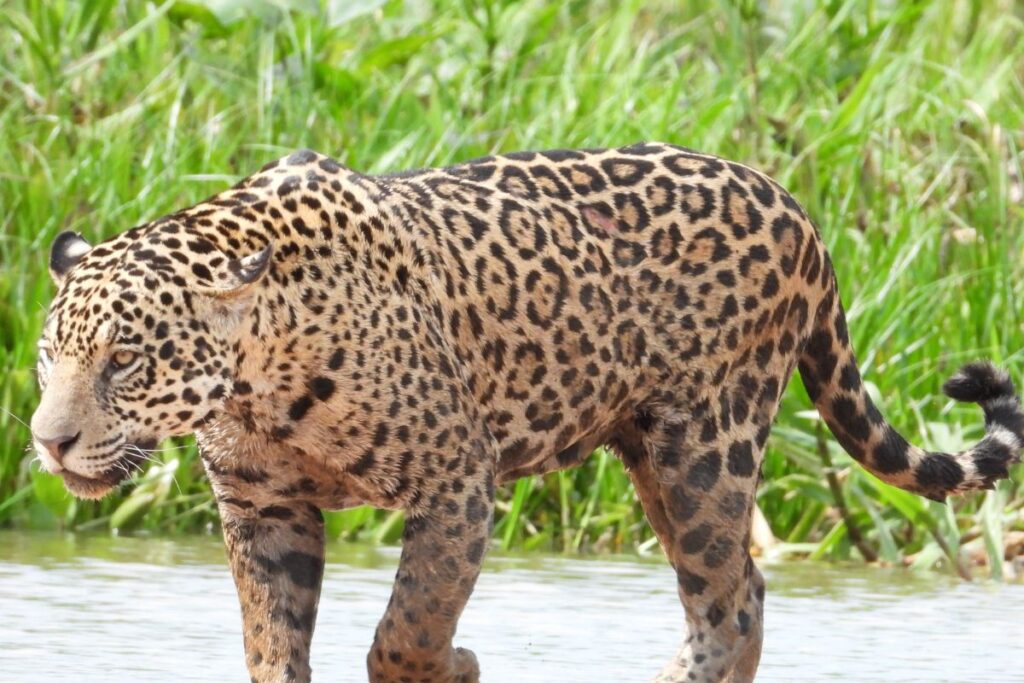
Centuries ago, jaguars roamed vast stretches of the U.S., from Louisiana to the Grand Canyon. However, by the mid-20th century, aggressive hunting and habitat destruction nearly eradicated them. The last confirmed female jaguar was killed in 1963, but these resilient cats are slowly making a comeback in the Southwest.
Recent Sightings in Arizona
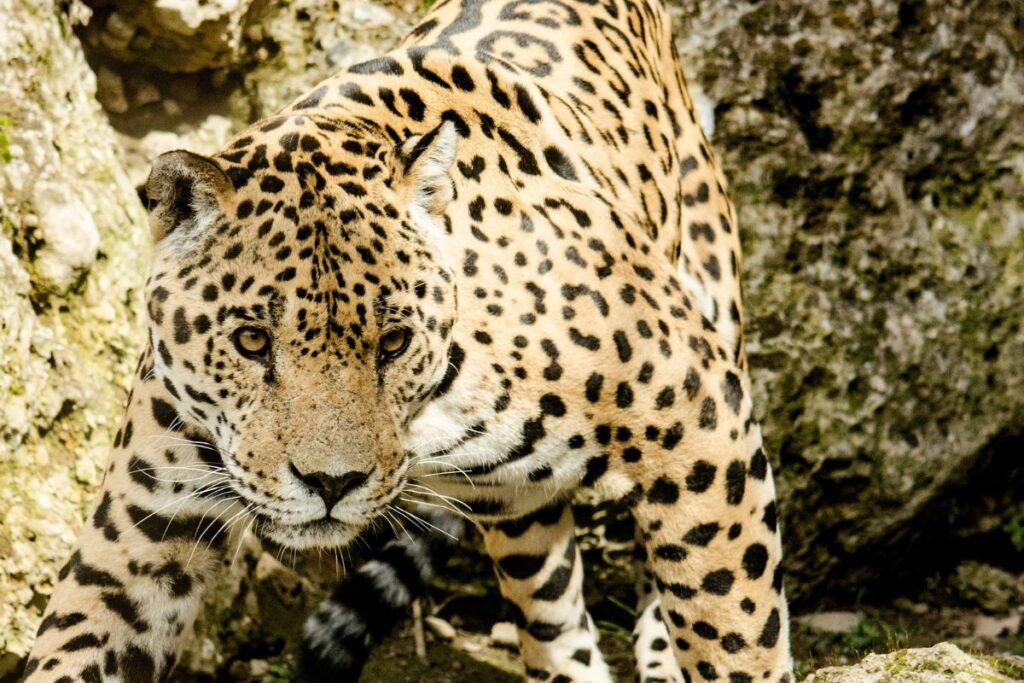
In December 2023, a wildlife videographer captured footage of a jaguar in the Huachuca Mountains. This marked the eighth jaguar documented in the U.S. since 1996. The Arizona Game and Fish Department confirmed this sighting, sparking excitement within the conservation community.
Unique Spots Tell the Tale

Jaguars possess unique rosette patterns, similar to human fingerprints. These distinct markings help conservationists identify individual cats. The recent jaguar was neither Sombra nor El Jefe, famous individuals previously spotted in Arizona. This discovery suggests a growing presence of northern jaguars migrating from Mexico.
The Importance of Sky Islands

Arizona’s Sky Islands—high-elevation mountain ranges—act as critical corridors for jaguar migration. These “islands” of habitat provide shelter and passage through harsh desert landscapes. Without these ecological bridges, jaguars would face significant challenges navigating the region.
Male Jaguars Leading the Way
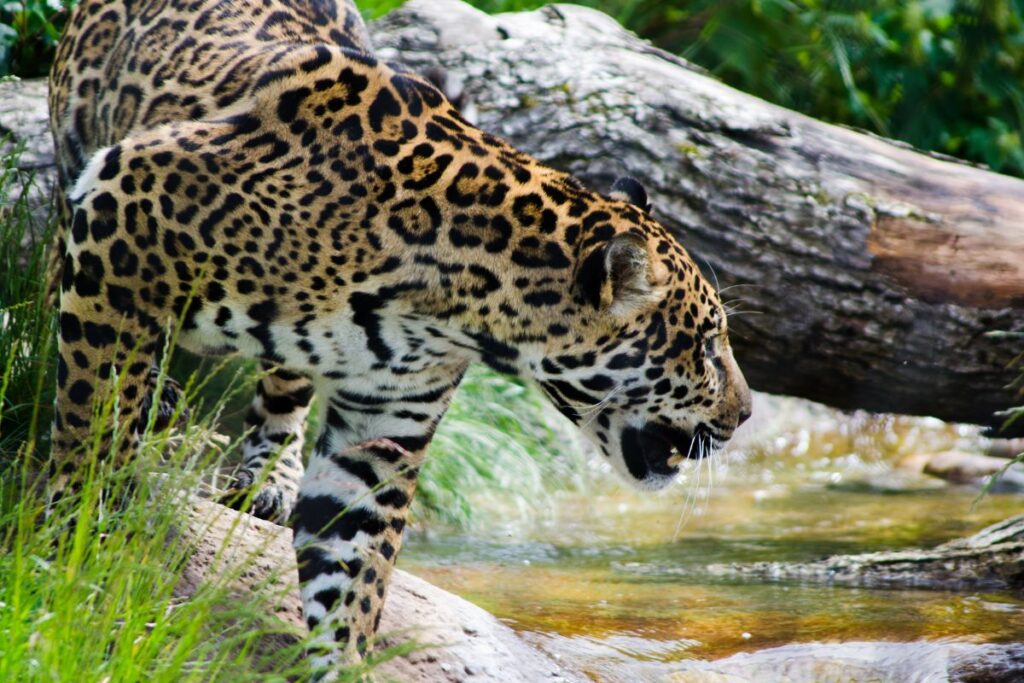
All eight jaguars spotted in the U.S. since 1996 have been male. Males roam vast distances in search of territory or mates, while females stay closer to home. This behavior complicates efforts to establish a breeding population in the U.S.
Conservation Success in Mexico
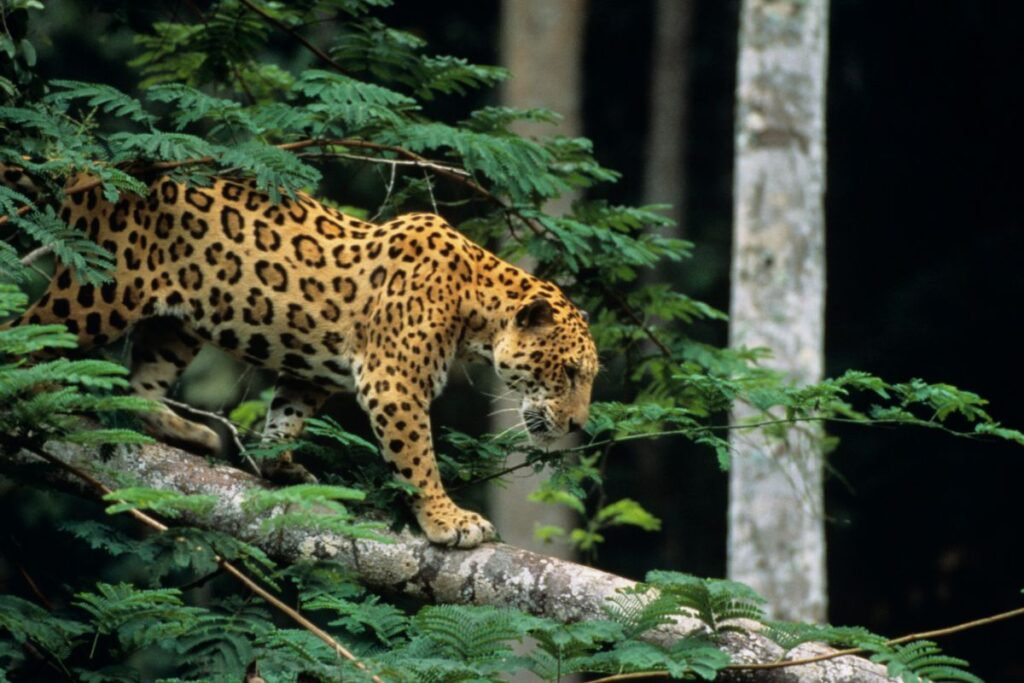
Recent sightings are linked to conservation efforts in Sonora, Mexico, where around 4,800 jaguars thrive. Some are now expanding their range northward. Despite threats like border walls and mining, jaguars are reclaiming historic territory, demonstrating the effectiveness of cross-border conservation.
Legacy of El Jefe and Sombra

El Jefe, a symbol of jaguar recovery, roamed Arizona’s Santa Rita Mountains from 2012 to 2015. Sighted in Mexico in 2022, he continues to inspire hope. Sombra, another elusive jaguar, highlights the species’ resilience and potential for a comeback.
Ongoing Challenges

Jaguars face significant hurdles, including habitat loss and human-wildlife conflict. Border walls and rancher opposition add to these challenges. Some conservationists propose compensation programs for livestock losses to promote coexistence, similar to successful wolf initiatives.
Controversial Reintroduction Efforts

Some experts advocate for active jaguar reintroduction in Arizona and New Mexico. Establishing a breeding population requires more critical habitat. Conservationists call for protected areas and immediate action to ensure the species’ survival in the U.S.
Why Jaguars Matter
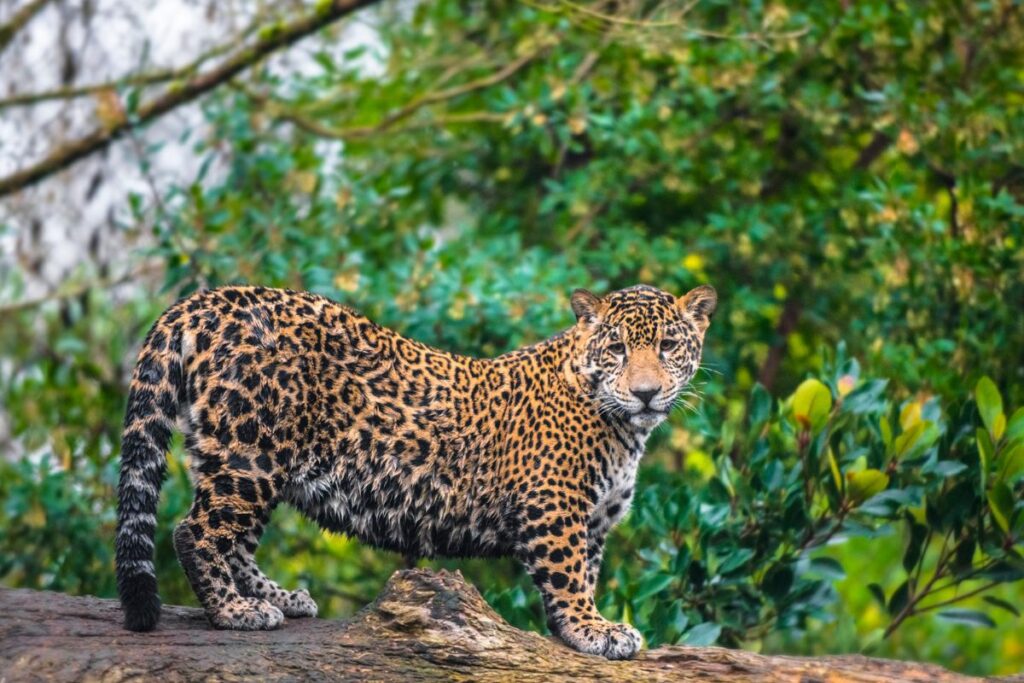
Jaguars are more than a conservation milestone; they symbolize the wild, untamed landscapes we aim to protect. As apex predators, they play a crucial role in maintaining ecosystem balance. Their return signifies nature’s potential for healing when given a chance.
Hope for a Sustainable Future
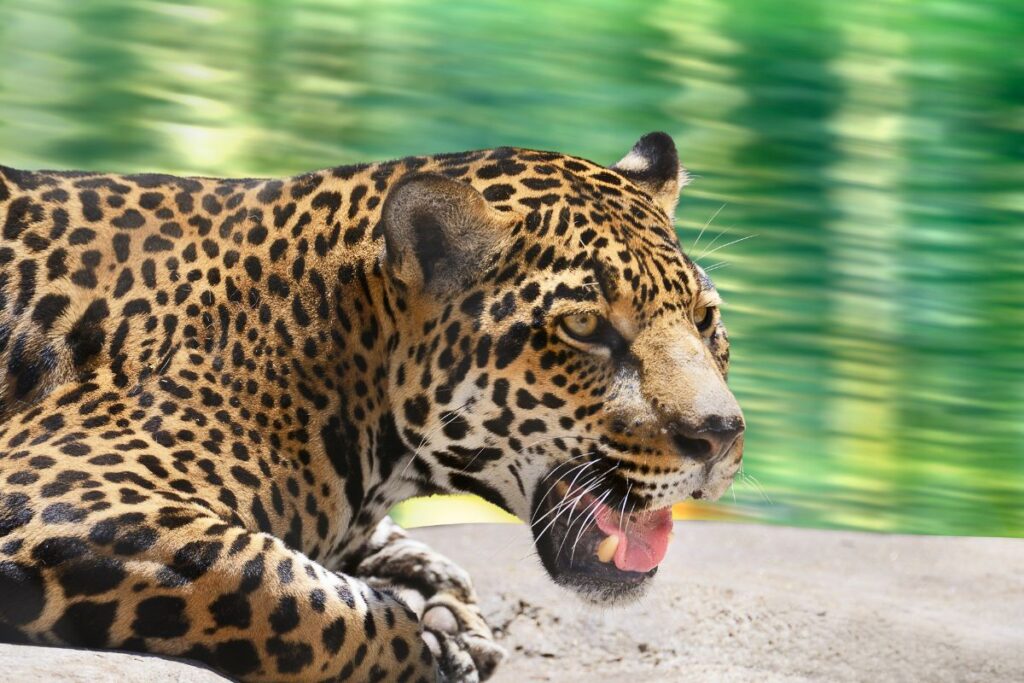
With continued sightings, the dream of a self-sustaining jaguar population in the U.S. becomes realistic. Public support and strategic conservation efforts are essential. Natural migration is already paving the way for their return.
Extraordinary Resilience

The jaguars’ return is a testament to nature’s resilience and dedicated conservation. Whether through natural expansion or reintroduction, their path back to former territories is ongoing—a remarkable story worth following closely.
A Story Still Unfolding

The jaguar’s comeback is a powerful reminder of what’s possible with persistent conservation. These magnificent creatures continue to defy odds, reclaiming their place in the American wilderness. Their journey northward offers hope and a glimpse of a wilder, more balanced future.
Stay connected with us for more stories like this! Follow us to get the latest updates or hit the Follow button at the top of this article, and let us know what you think by leaving your feedback below. We’d love to hear from you!







